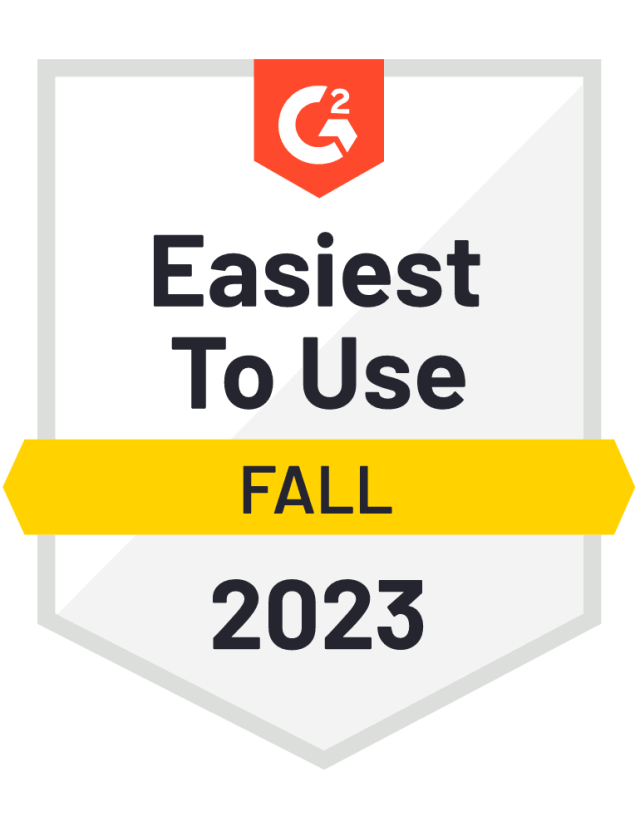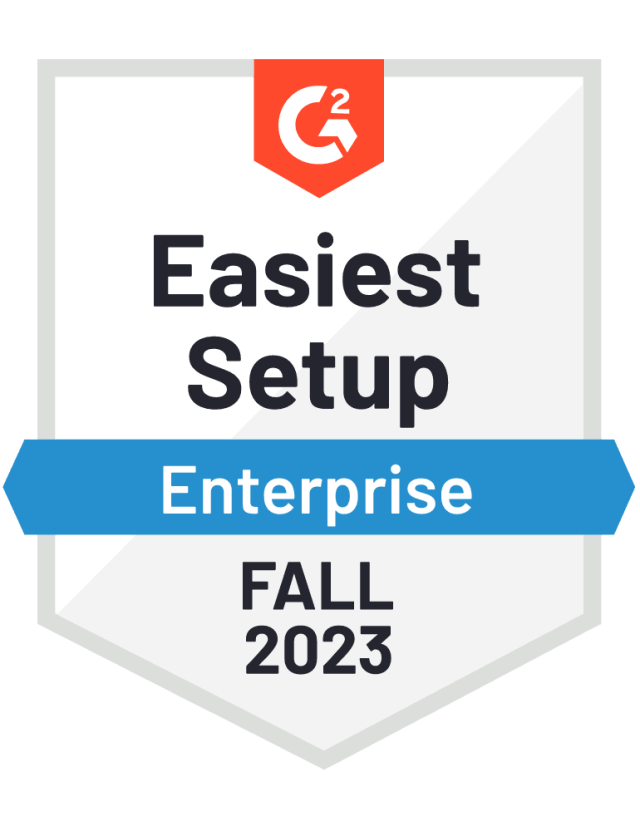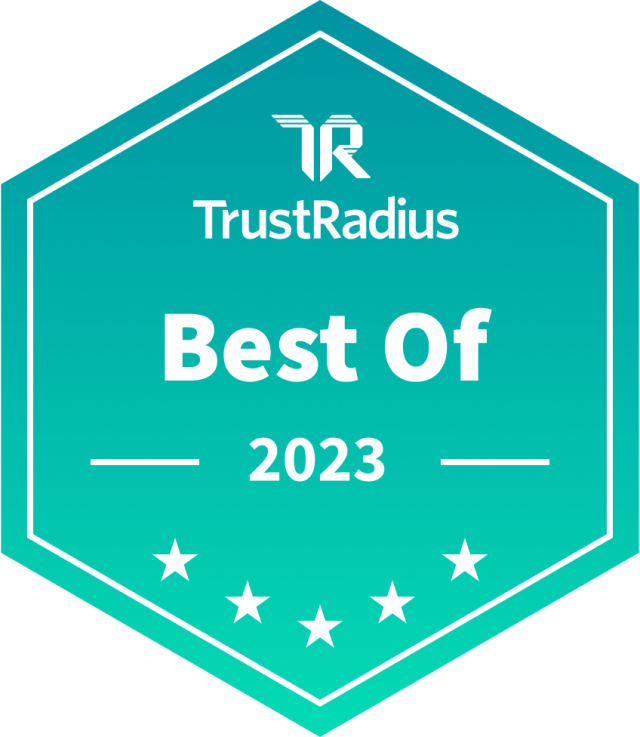Guide: How to Unlock the Power of UGC
If your team is considering getting going with user-generated content (UGC) or want to elevate your current strategy, this guide is your comprehensive intro to the who, what, why, and how of successful UGC.
Download

















